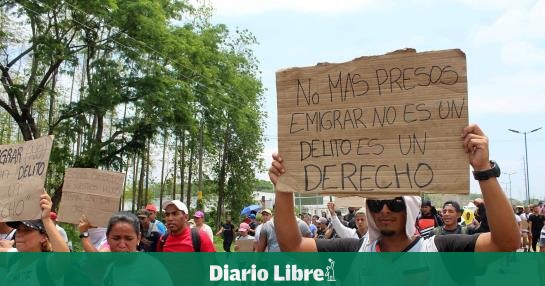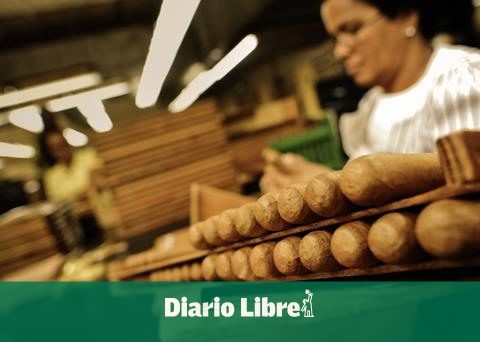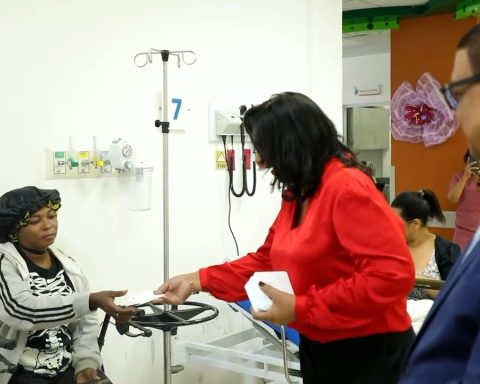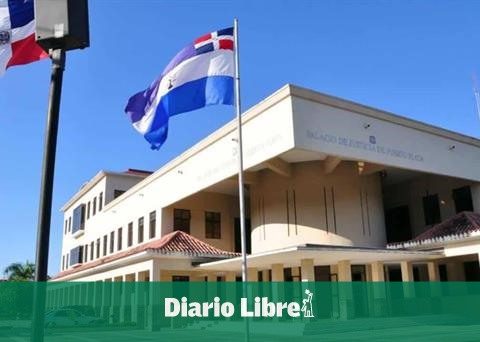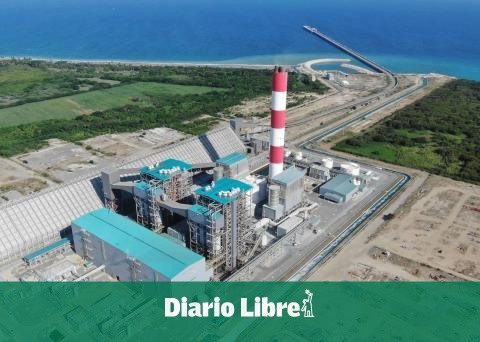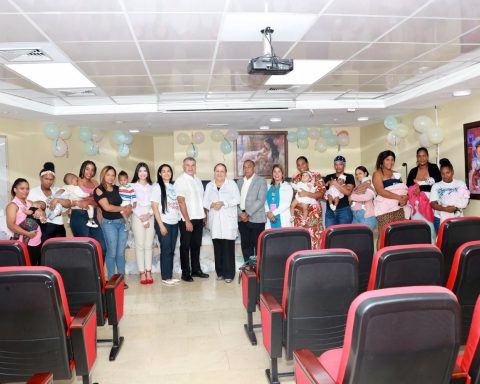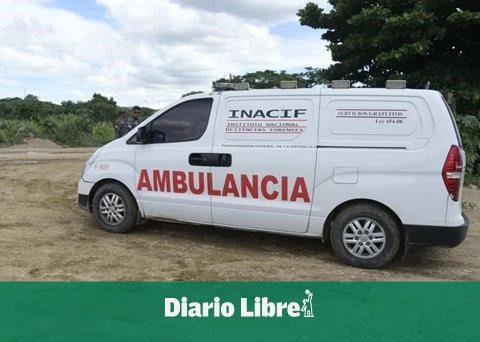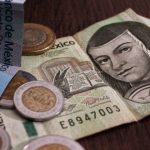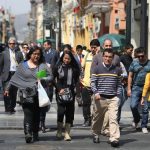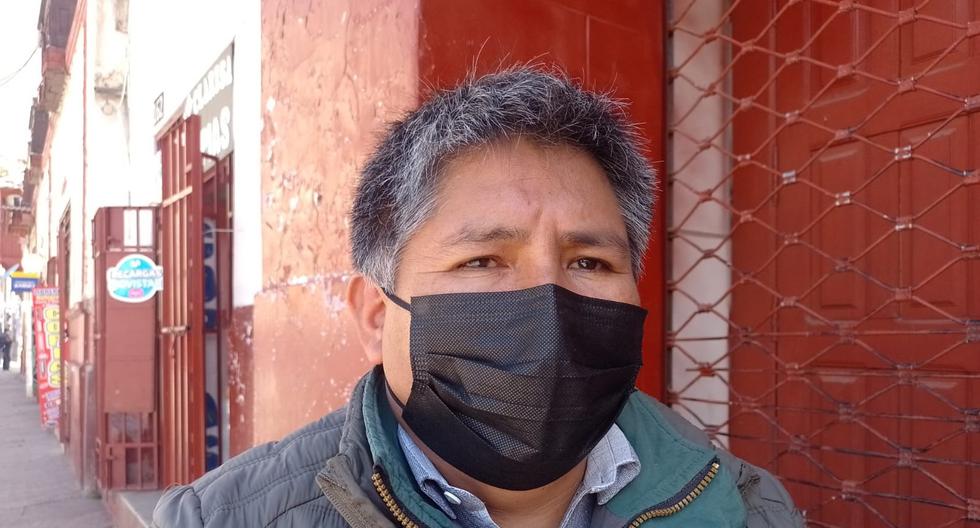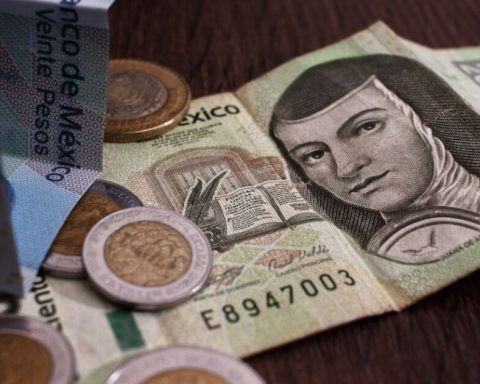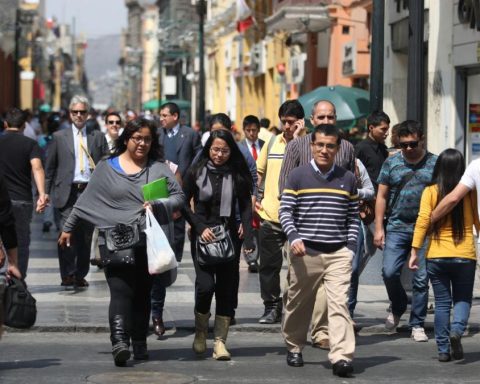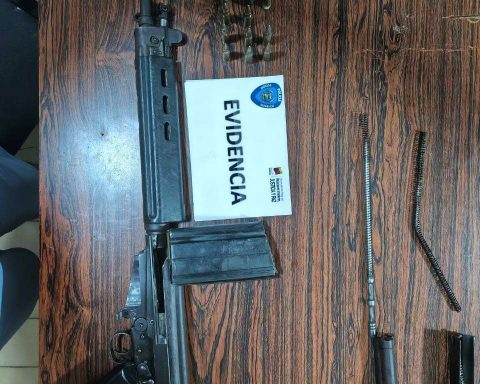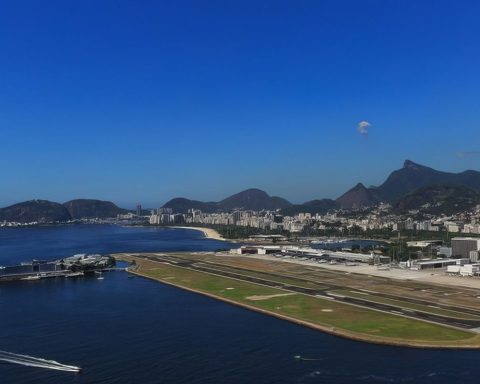Dominicans continue to try to reach the United States using Mexico as a bridge. In the latest communications from the National Institute of Migration (INM) of Mexico is informed about the presence of Creoles in the work carried out by the institution.
The INM reported that between April 21 and 24 of this year they were located in trailer boxes, cattle trailers, safe houses, bus compartments or in tractor-trailer cabins. 5,688 foreign migrants. These people were in overcrowded conditions, without ventilation, water and food.
The 10 countries with the most assisted migrants are Honduras, Cuba, Guatemala, Nicaragua, El Salvador, Colombia, Venezuela, Peru, Ecuador and Haiti. But there are also reports that there were people from the Dominican Republic.
On April 27, the Mexican Attorney General’s Office (FGR) announced the rescue of 386 migrants from 13 countries, found in an operation in the Mexican state of Puebla. According to the FGR, the migrants would be transferred to the northern border by a criminal group dedicated to human trafficking.
The migrants were in an irregular situation (311 men and 75 women) and are originally from the Dominican Republic (3)El Salvador, Uzbekistan, Nepal, Sri Lanka, Guatemala, India, Venezuela, Cuba, Honduras, Ecuador, Venezuela and Bangladesh.
The National Institute of Migration reported that in January it rescued 27 foreign migrants hidden in the cabin of three trailers; three originally from Honduras; 16 from Guatemala; two from the Dominican Republic, and six of Cuban nationality.
Under this form of traveling crowded inside vehicles, an accident was recorded in the Mexican city of Chiapas, on December 9, 2021, due to the overturning of a trailer, in which 56 migrants died, of the 160 that were hidden. In the vehicle were 16 Dominicans, 12 diedthree were injured and one is still missing.
A growing number of migrants live in Mexico with the United States as their final destination. According to an investigation by the Immediate Action Group, created after the Chiapas tragedy, the human trafficking network that operates in different countries of Central and South America has greater influence than the drug cartels.
The Mexican Secretary of Foreign Relations, Marcelo Ebrard, affirmed that it is a business in which he moves $14 billion a year with the aim of moving entire families to the United States through Mexico. Human traffickers, in some sections, work with drug cartels.
